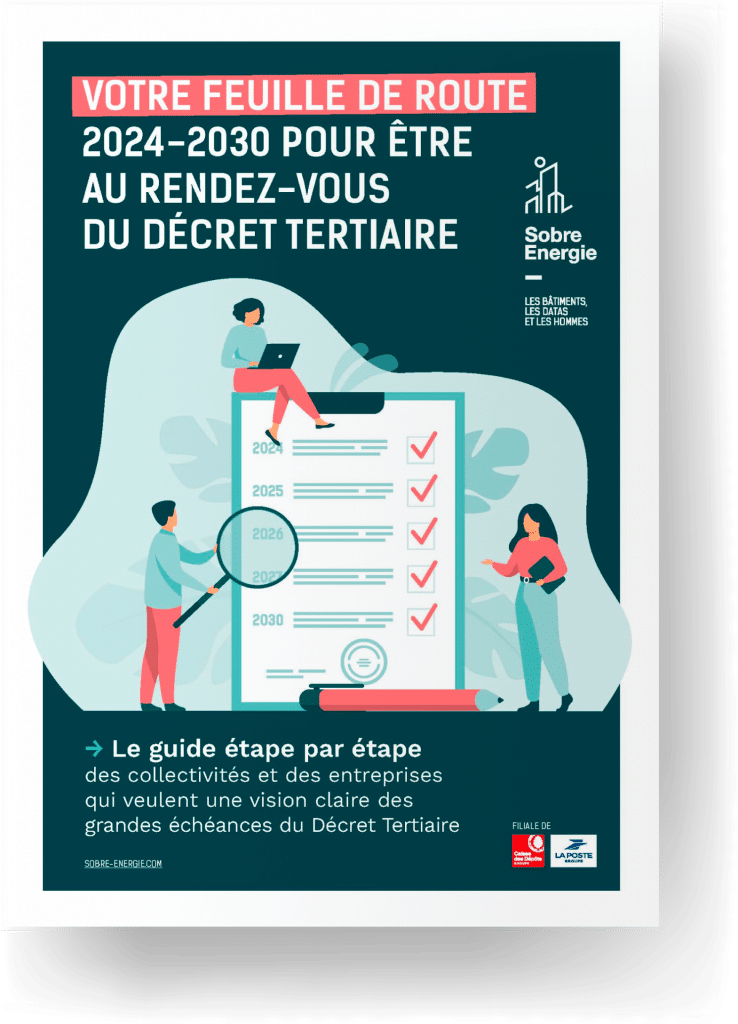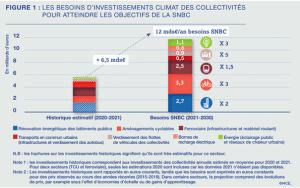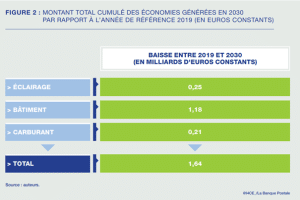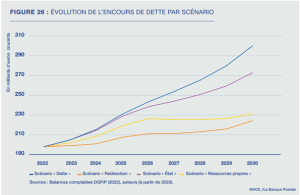By 2030, French communities will have to double their investments to meet the challenges posed by the energy transition. How to finance them? More debt? Taxation on the rise?
Decryption of the original study by our partner Banque Postale with the I4CE institute.
The climate investment wall
Acceleration of the energy renovation of buildings within the framework of the Tertiary Decree, renewal of public lighting through relamping, investments promoting soft mobility, all projects made necessary by the climate emergency. But very costly, placing communities facing an “investment wall”: they spend on average €6.5 billion/year today, they will have to double their investments by 2030 to meet the objectives of the National Strategy Low Carbon (SNBC) of France and achieve carbon neutrality by 2050.
How to establish your Tertiary Decree strategy? Download our white paper
Real energy savings but a long IRR
Substantial investments, but which will make it possible to generate energy savings: in total, in constant 2019 euros, the savings in energy expenditure made by all local authorities would reach €1.64 billion in 2030, to be compared of €4.7 billion in energy expenses paid in 2019 (€5.6 billion in 2022).
But before making returns on investments, communities must finance these investments. What are their levers of action?
4 scenarios are highlighted in the study, each with a different means of financing:
- “Debt” scenario, all additional financing needs are fueled by borrowing
- “Redirection” scenario, additional climate investments are made instead of investments usually made for other public policies
- “State” scenario, increase in State support by indexing the overall operating allocation (DGF) to inflation and by perpetuating the “green fund” beyond 2024, at €2.5 billion per year. year over the period, the remainder of the additional financing requirement being covered by debt
- “Own resources” scenario, increase in local tax rates, increase in tariffs, high level of asset sales and drawdown on working capital, with the remainder of the additional financing requirement being covered by debt.
Triple major teaching
- All types of communities (municipalities, departments, regions) saw their level of debt increase sharply during the period.
2. The “State” scenario of a greater contribution from the State via an increase in the overall allocation to communities, associated with a sustainability of the Green Fund at €2.5 billion each year is not enough to overcome the barrier of investment.
3. The most sustainable scenario for public finances is that of resorting to taxation, but this is obviously the most difficult possible to implement. For example, it plans to increase the property tax by +6 points in 2027.
CEE, green loans, Edurenov program, find out more about our partners' financing solutions for your buildings
🤖 Summarize this article with an AI
Click on a button to automatically sum up this page with the AI of your choice.



